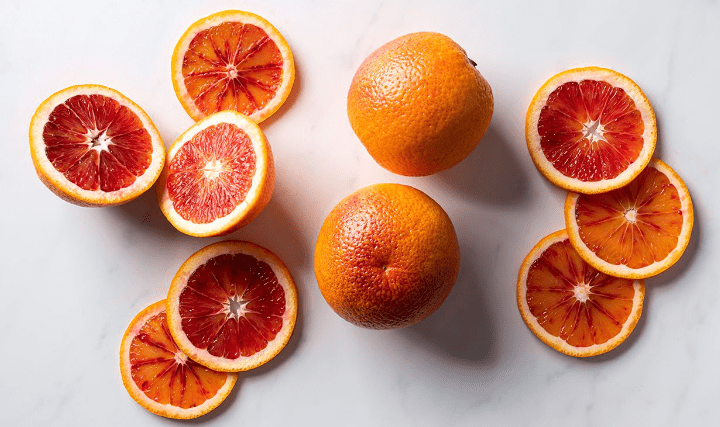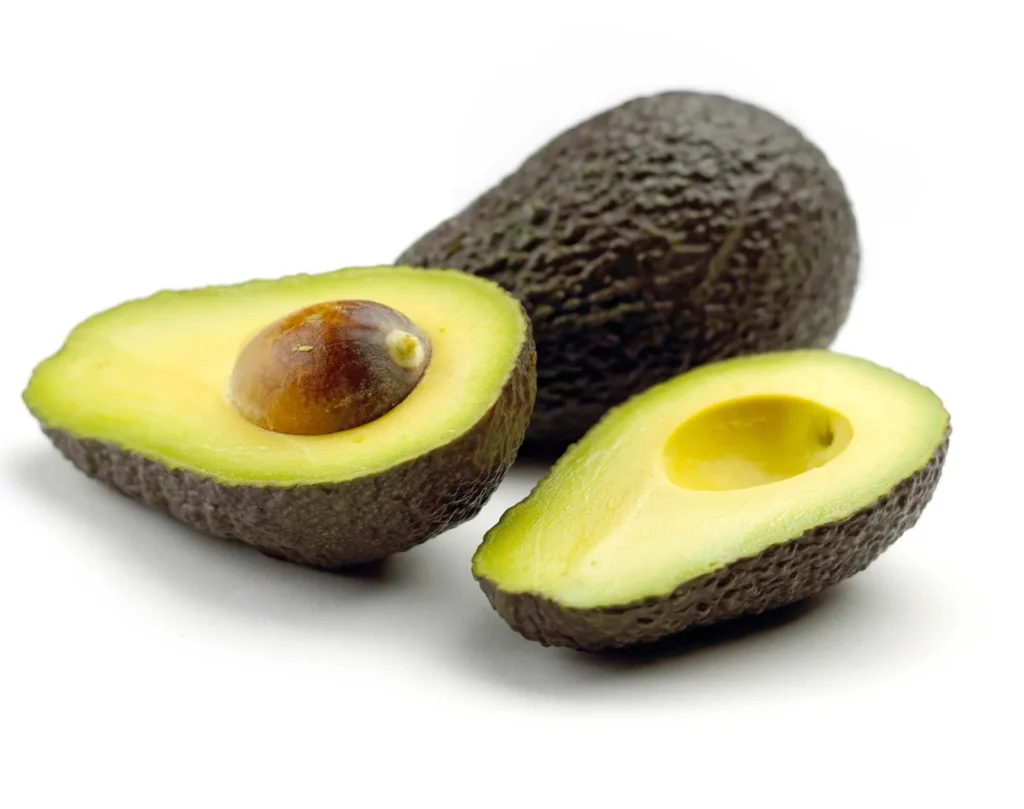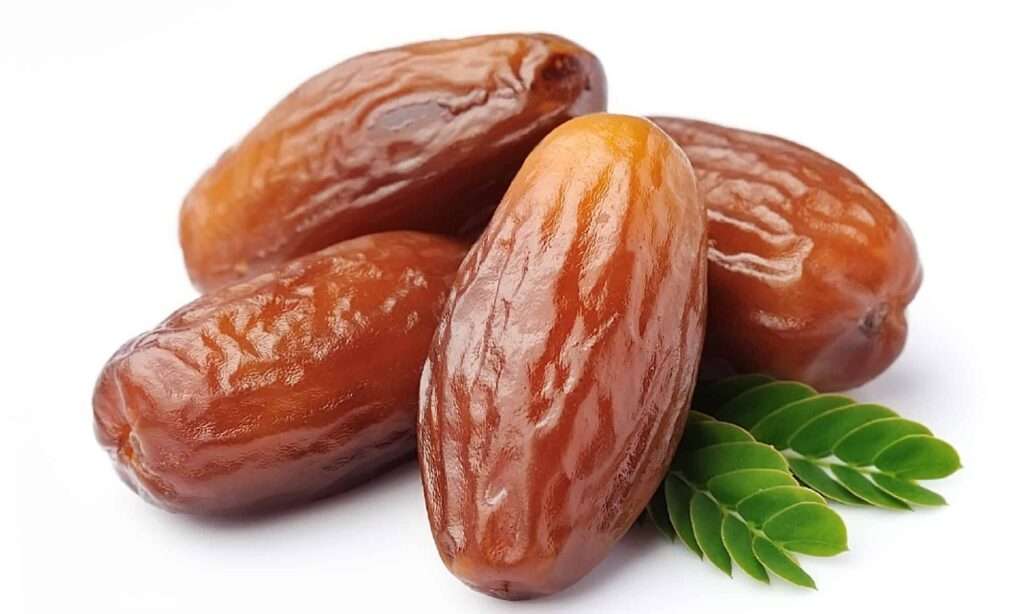
Description
The blood orange is an orange variety with flesh that is close to red in colour to blood. The presence of anthocyanins, a class of polyphenol pigments common to many flowers and fruit but unusual in citrus fruits, is what gives the flesh its black colour. When the fruit grows at low temperatures during the night, the flesh gets its distinctive red colour. The rind’s outside occasionally has a black colouring as well. Depending on the blood orange varietal, this may occur. The skin of some oranges can be rougher and more difficult to peel than other oranges.
Varieties
The Tarocco, a native of Italy, the Sanguinello, a native of Spain, and the very dark Moro, a native of Italy, are the three most popular varieties of blood oranges. Sanguinello a Pignu, Doblafina, Delfino, Burris Valencia, Vaccaro, Grosse Ronde, Entrefina, and Maltaise demi sanguine are a few other uncommon forms.

Uses
Blood oranges can be eaten fresh, cooked, or juiced. Salads and salsas can contain them. Use blood orange salsa to garnish grilled fish or tofu with a little seasoning
Nutrition
With no other micronutrients in appreciable amounts, raw blood oranges are a strong source of vitamin C and dietary fiber, as well as a moderate source of folate.
Cultivation
Thrives in warm regions, preferring temperatures of 55–85°F on average. It should be grown indoors in a warm, sunny space before being transplanted outdoors in late spring in a sunny place away from the wind. No trimming is necessary. Disease-free in most cases. Thrives in warm regions, preferring temperatures of 55–85° ON average. It should be grown indoors in a warm, sunny space before being transplanted outdoors in late spring in a sunny place away from the wind. No trimming is necessary.
Table





